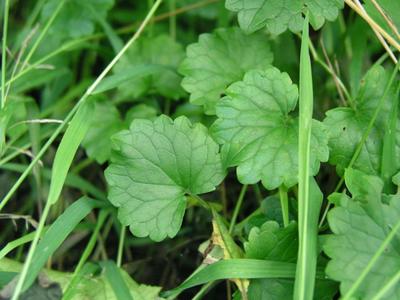Sorry, Illinois, clopyralid is not the effective ingredient in
Confront on ground ivy. It is the triclopyr.
And if anyone wants to try most of the hogwash in this post, feel free to waste your time. If you want real scientific info, As I stated above Dr. Kohler has done the research just a few years ago:
From
http://www.agry.purdue.edu/turf/report/2002/page122.pdf
"Summary
• Based on the results of our experiments, a ground ivy control strategy can be developed for cool-season turf. First, the turf site should receive an annual nitrogen application of 4 lbs/1000 sq ft to improve or maintain turf density. Second, a one-time application of 1.0 lb ai/A isoxaben in the spring will coincide with the beginning of the lateral growth habit of ground ivy stolons, severely curtailing its ability to spread. Third, a postemergence herbicide product containing 2,4-D combined with triclopyr and/or fluroxypyr should be applied in the fall at the highest labeled rate for a given turfgrass species. Proper nitrogen fertility programming, preemergence herbicide application, and postemergence herbicide application can improve ground ivy control."

























































 Now, if I could just find the stuff by the railcar, or at least a 50# bag, I'd be able to do some damage. Now this ain't the same stuff you buy at Wally-World to wash your hands with is it?
Now, if I could just find the stuff by the railcar, or at least a 50# bag, I'd be able to do some damage. Now this ain't the same stuff you buy at Wally-World to wash your hands with is it?